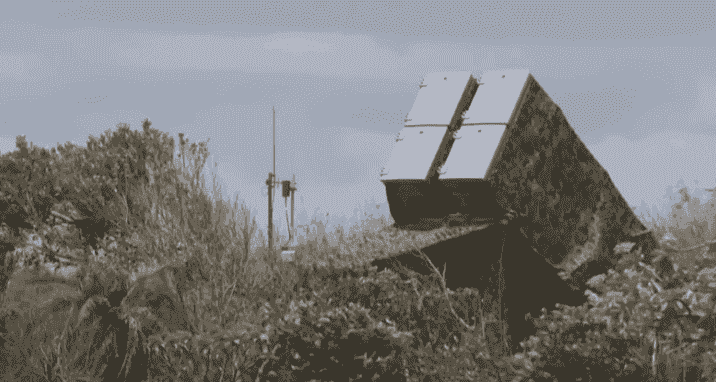
China’s People’s Liberation Army (PLA) tested an AI-powered laser-guided artillery shell that outperformed any operational round.
Professor Wang Jiang of the Beijing Institute of Technology, who led the project, wrote, Artificial intelligence is evolving rapidly. Increasing numbers of researchers are applying technology to trajectory planning issues.
How AI Is Improving Mortar Accuracy
Initial tests have shown that a new mortar employing this technology can hit its target within centimeters, a feat that has been lauded by its creators despite the shorter distance and slower speeds required by mortars.
The primary difference between the guided shell, also known as smart rounds or artillery, and conventional versions is that the AI-powered version can adjust its course in mid-flight, making it significantly more accurate and eliminating the large margin of error seen in conventional models.
Attempts to create more accurate models in the past were hampered by the difficulty inherent in attempting to manage the vast amount of real-time data; however, AI enables the ability to crunch these numbers at incredible speeds.
Read more: FDIC Proposal To Increase Deposit Insurance For Select Accounts Beyond $250,000
Potential Military Applications

Some experts question the value of funding this research because artillery fragments can hit people hundreds of feet away, making improved accuracy superfluous.
According to the South China Morning Press, proponents contend that precision could prove decisive in a potential attack on Taiwan.
South China Morning Press reported that China’s defense industry is collaborating with experts from the Belt and Road joint laboratory of the United Arab Emirates to enhance the system’s ability to collect and analyze environmental data and generate the appropriate calculations.
Temperature and shock from the initial launch and flight path of the artillery also pose a problem, compelling developers to simplify the chips as much as possible; this is another area where AI can be of assistance, as it can process data much more quickly with slower-moving chips, as Wang’s team discovered.
The effective range and precision of the weapons were not revealed in video footage of live artillery testing with smart rounds.
Read more: Experts Warn Of Possible Pink Eye Outbreak Associated With Arcturus, A New COVID-19 Strain

